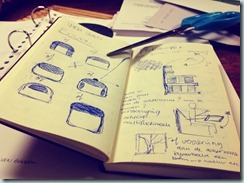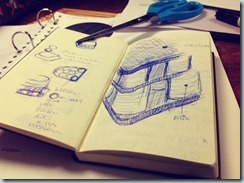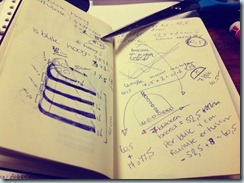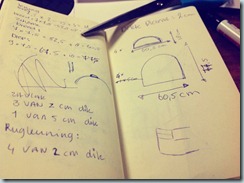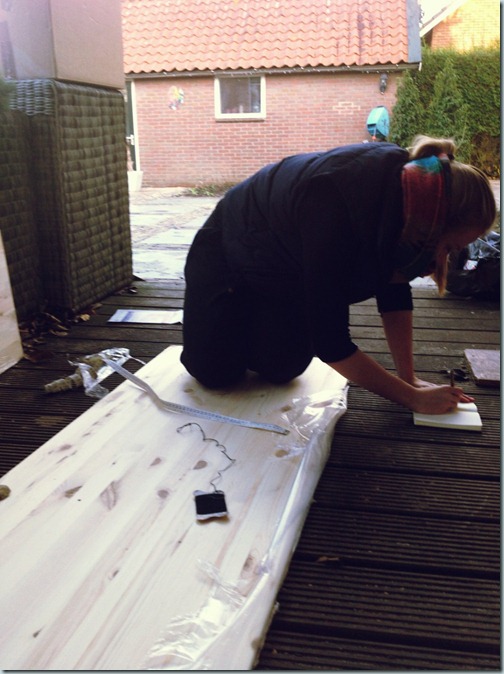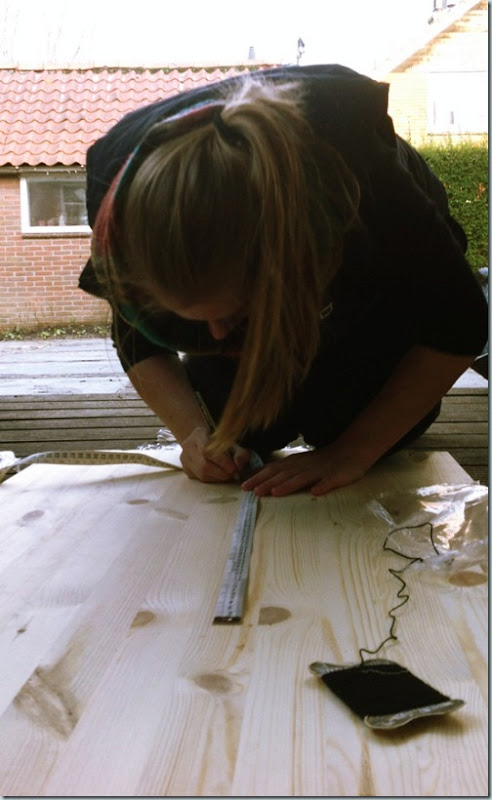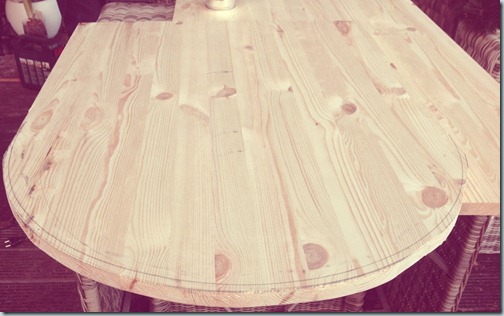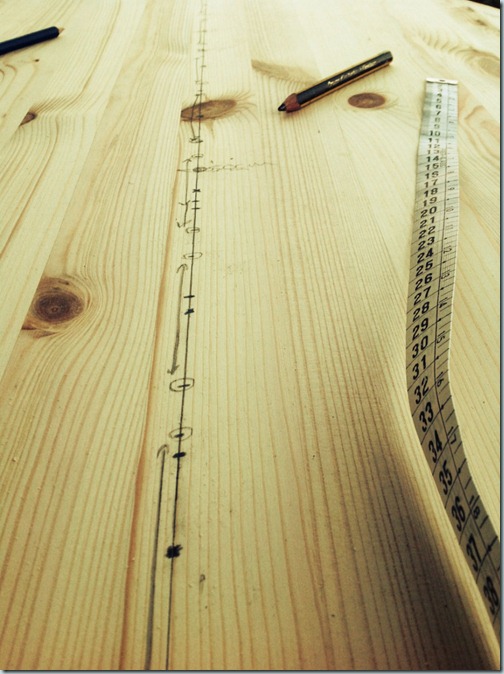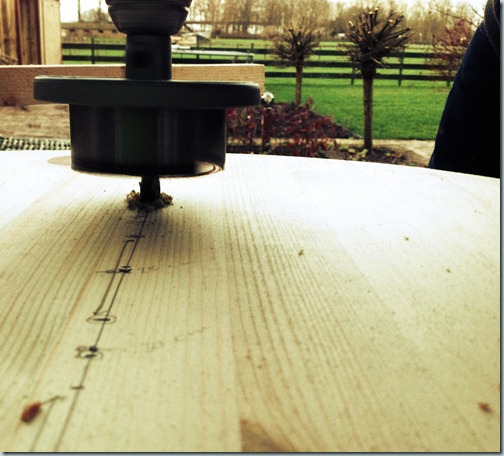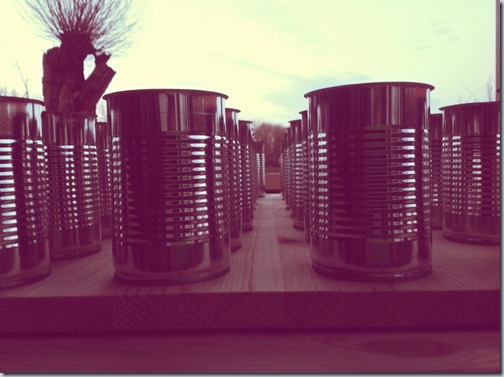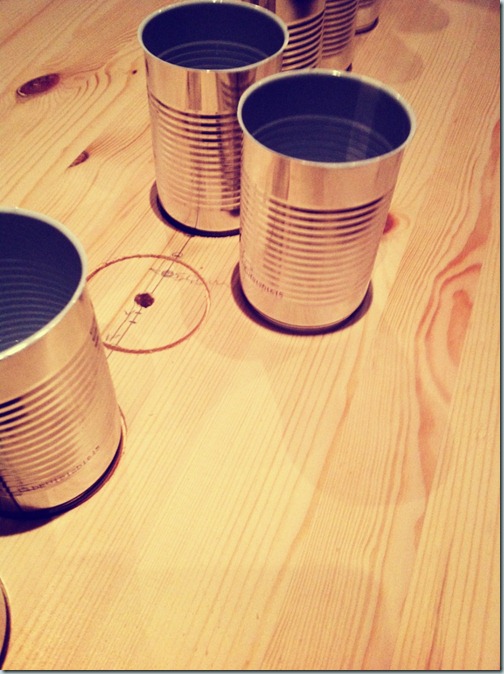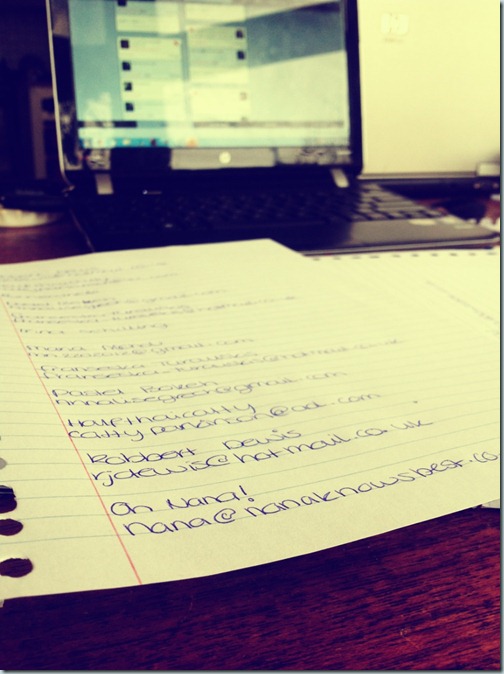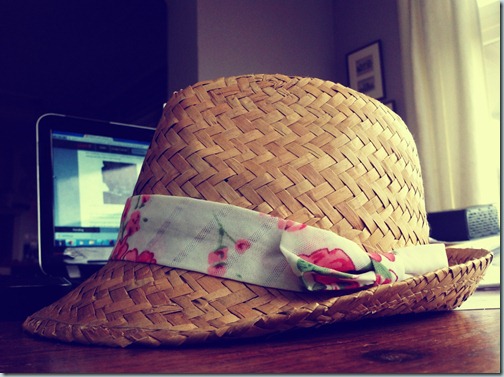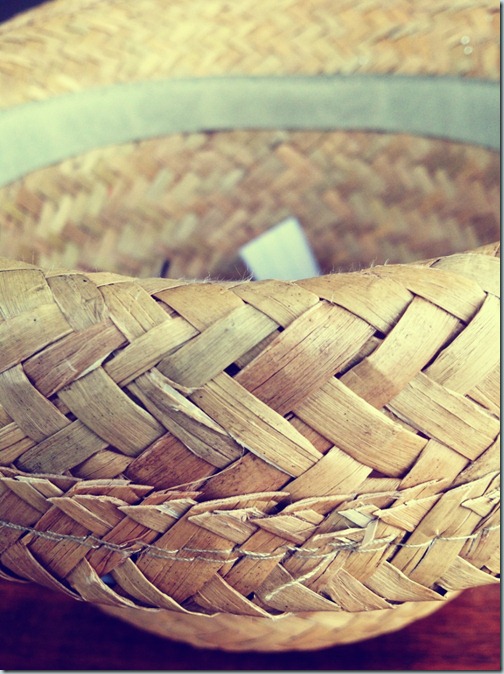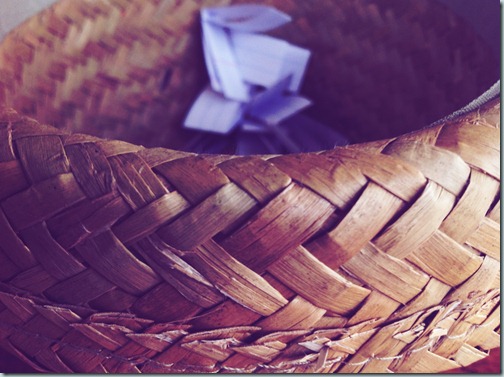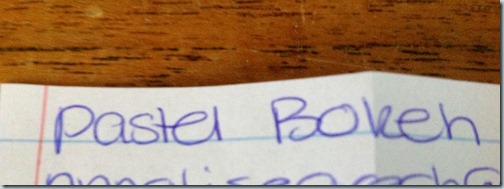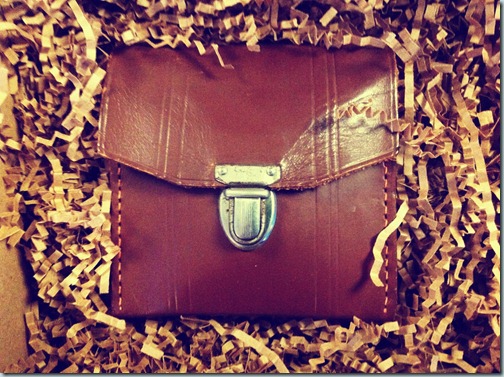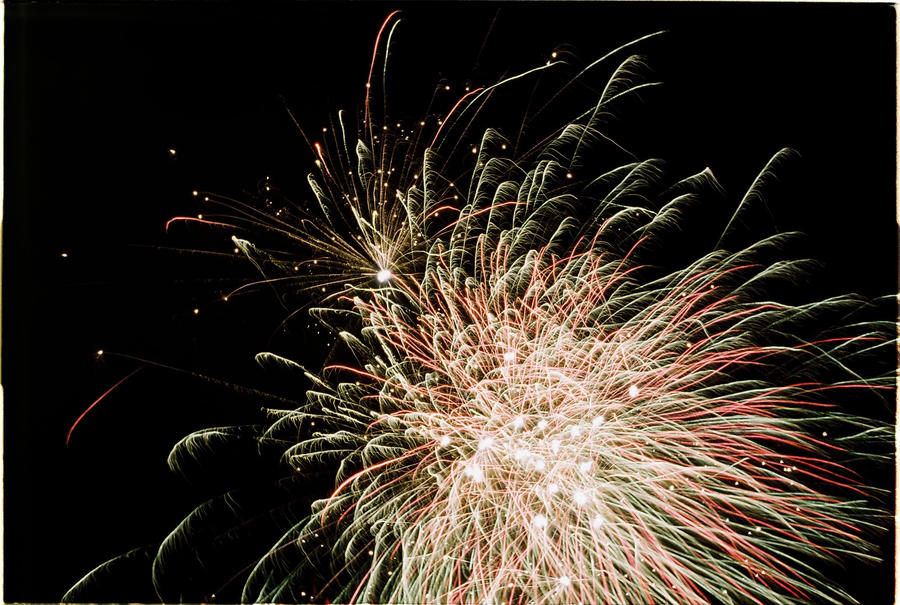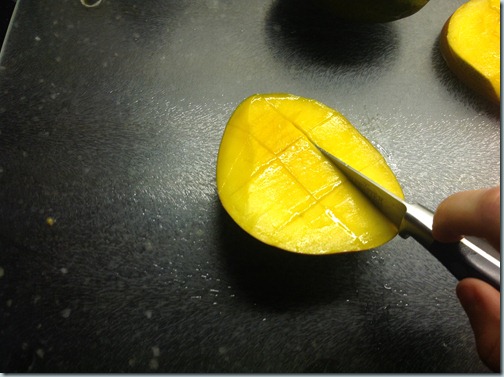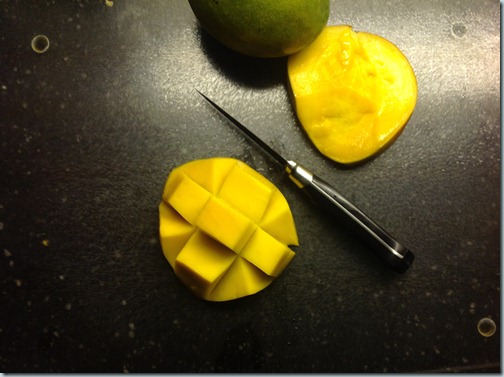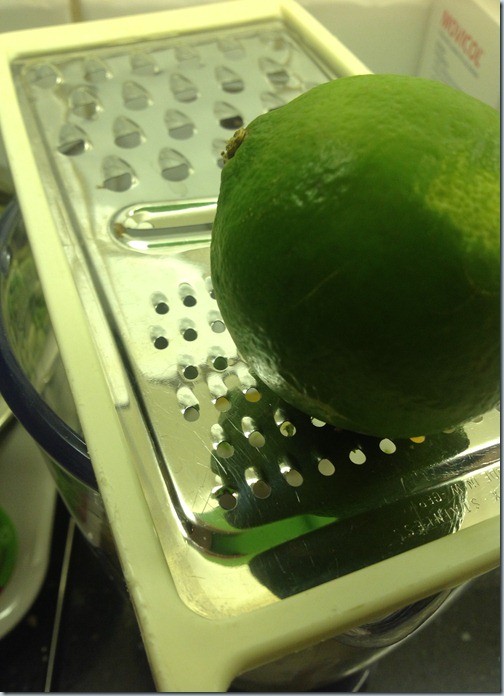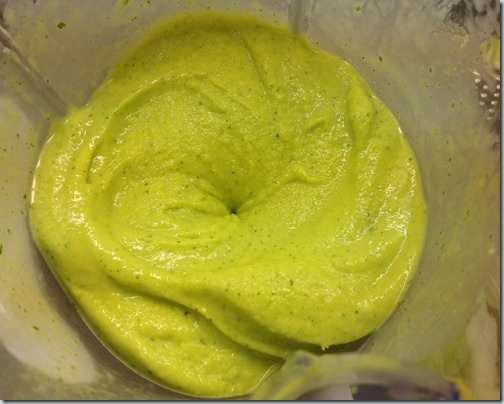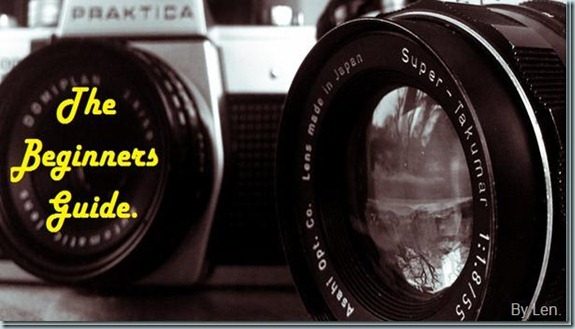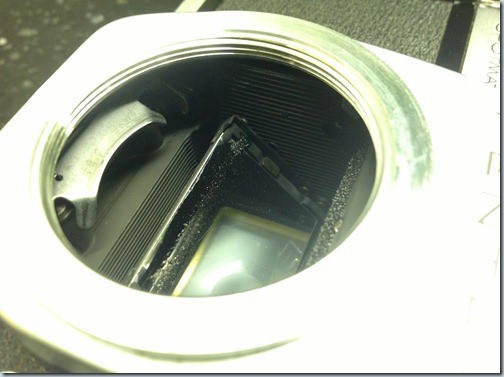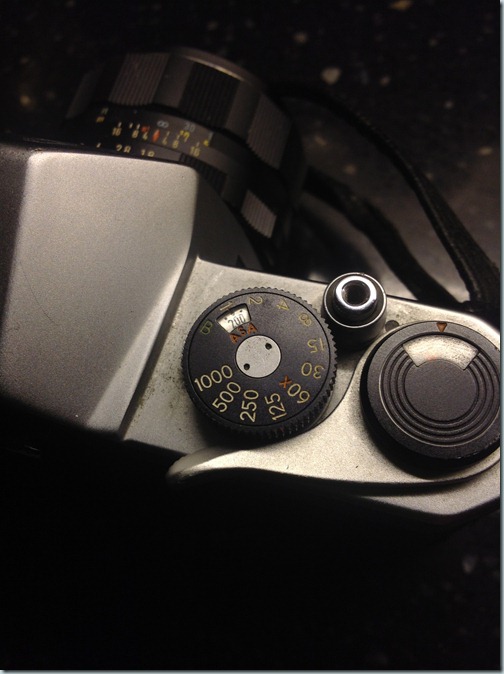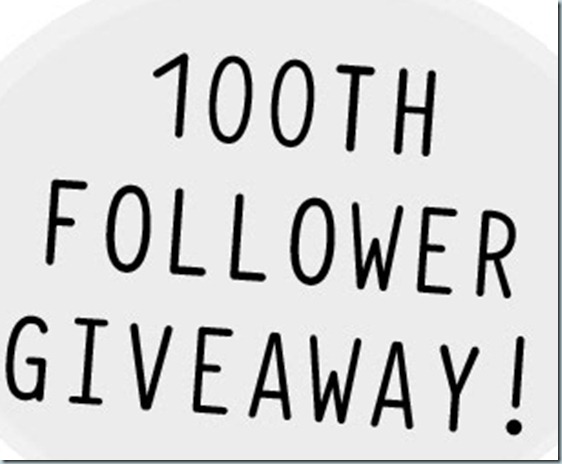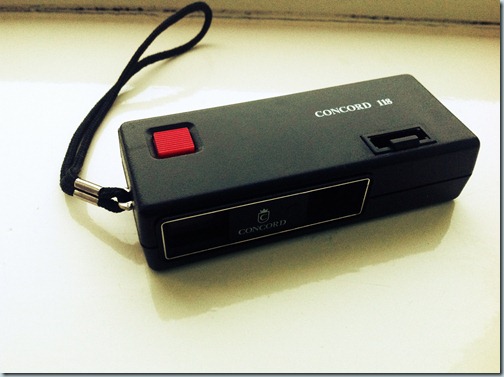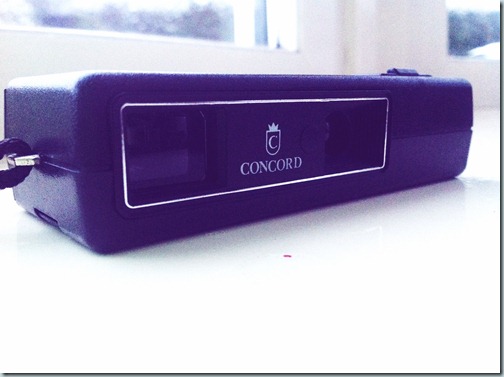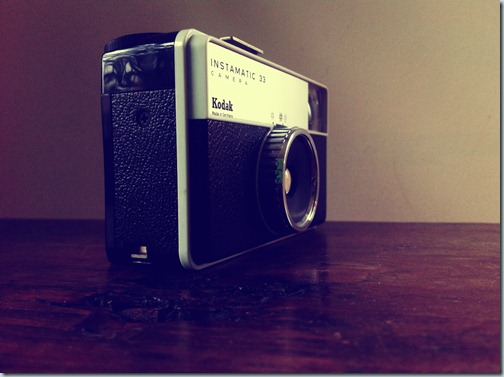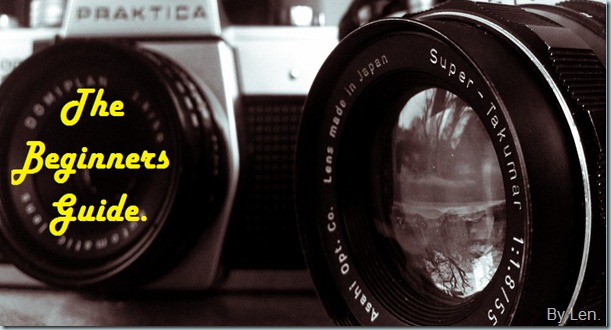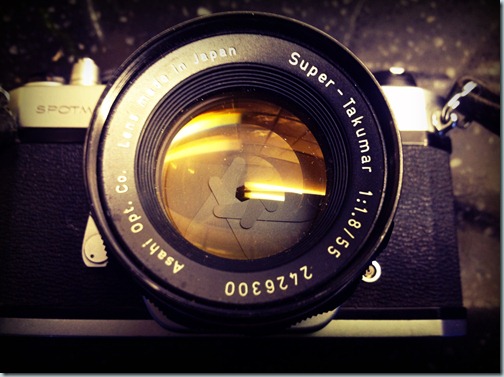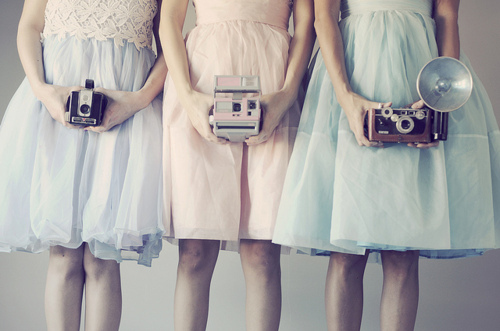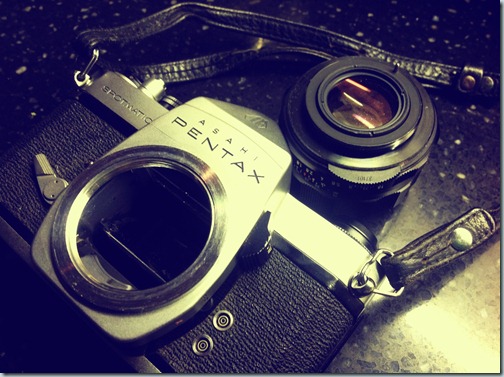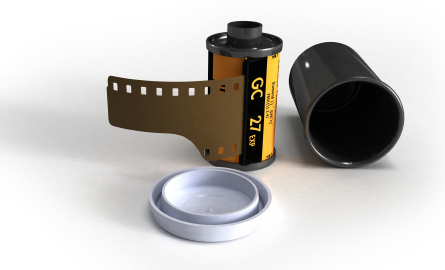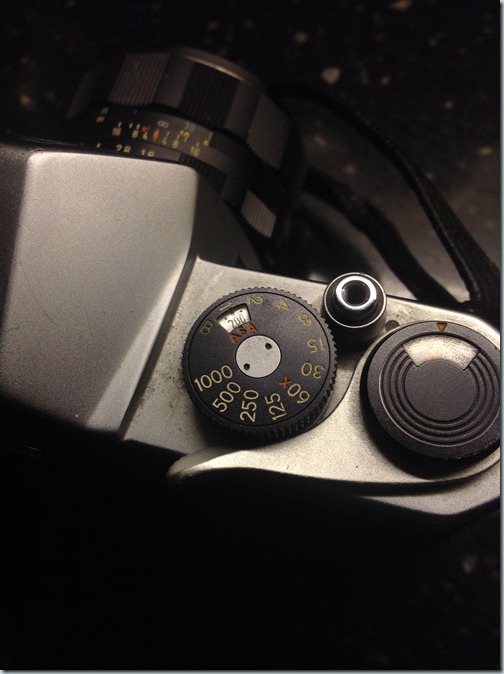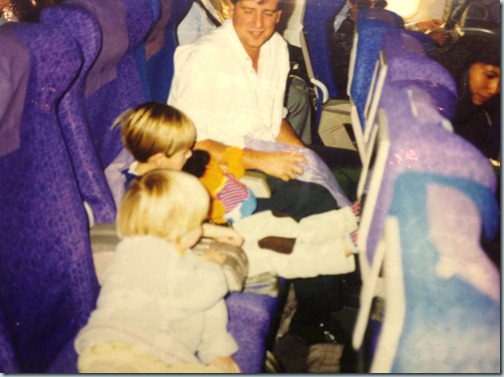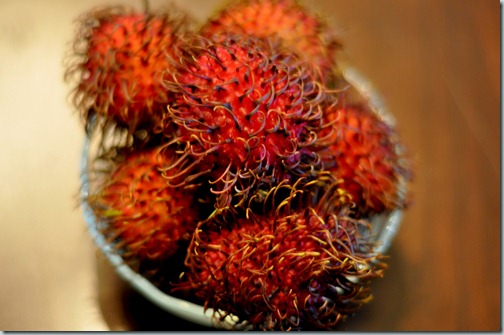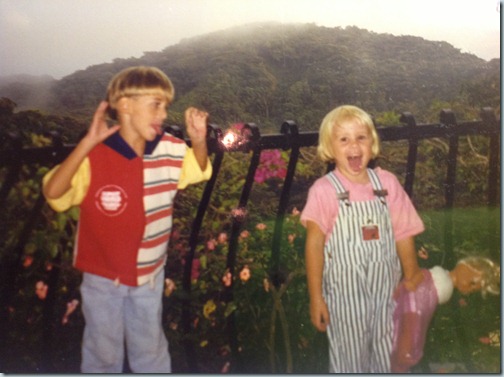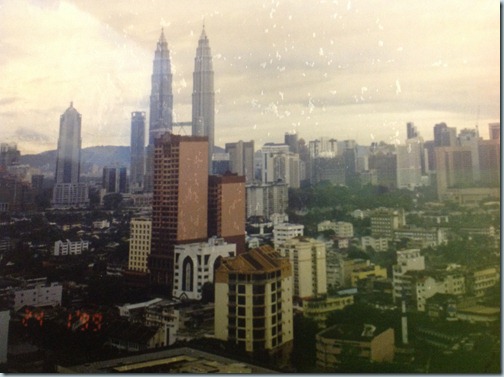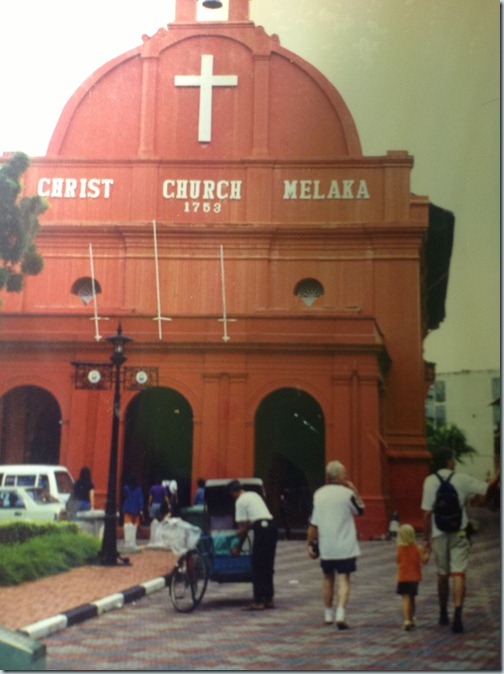I haven’t been writing about my chair progress a lot. I have been reading your ideas and comments though! I have been designing, calculating, brainstorming, researching, diving in art design books and more.
I’ve got 400 empty cans, what to do to make a chair with it? hmmm…I came to the conclusion that I need to make a frame. The consumer can buy this frame, and put in its own cans. So the frame has to be designed so, that you only need about 30 cans to sit on it. Since you’re probably not able to recycle hundreds of cans in just a few weeks. And you don’t want to be recycling for years and years before you can actually use your chair.
I was designing a few chairs when I got to the perfect idea! I’m going to use planks. In between those planks you can put your cans. Its hard to explain. Let me show you what I mean.
That is what happens when I write down what is in my head. I know, it looks like a total chaos. But if you look good you’ll understand it. Even if you don’t read Dutch.
With the design all worked out. I was ready to get some wood and get started. In one of my previous chair post you can see the research on what wood I wanted. I had chosen softwood. which is the most beautiful. I drew the shape on the wood first, then I sawn it.
It was time too drill in the curves so the cans cant move. I first put all the cans on the chair to check how I wanted to place them. Then I calculated where the circles needed to be and I drilled them out.
Then I fitted the cans in again. There wasn’t enough time to drill the whole plank. But I got this far:
I’m sorry this post is more a photo album than an actual post, but its easier to just show you guys then to write it all down. Let me know what you think of it. Or if you have any ideas, let me know! Just comment on this post. If you have any questions or really great idea that you want to ask or tell me directly, you can mail me on:
I really appreciate every idea and comment!!
THANKS :)
